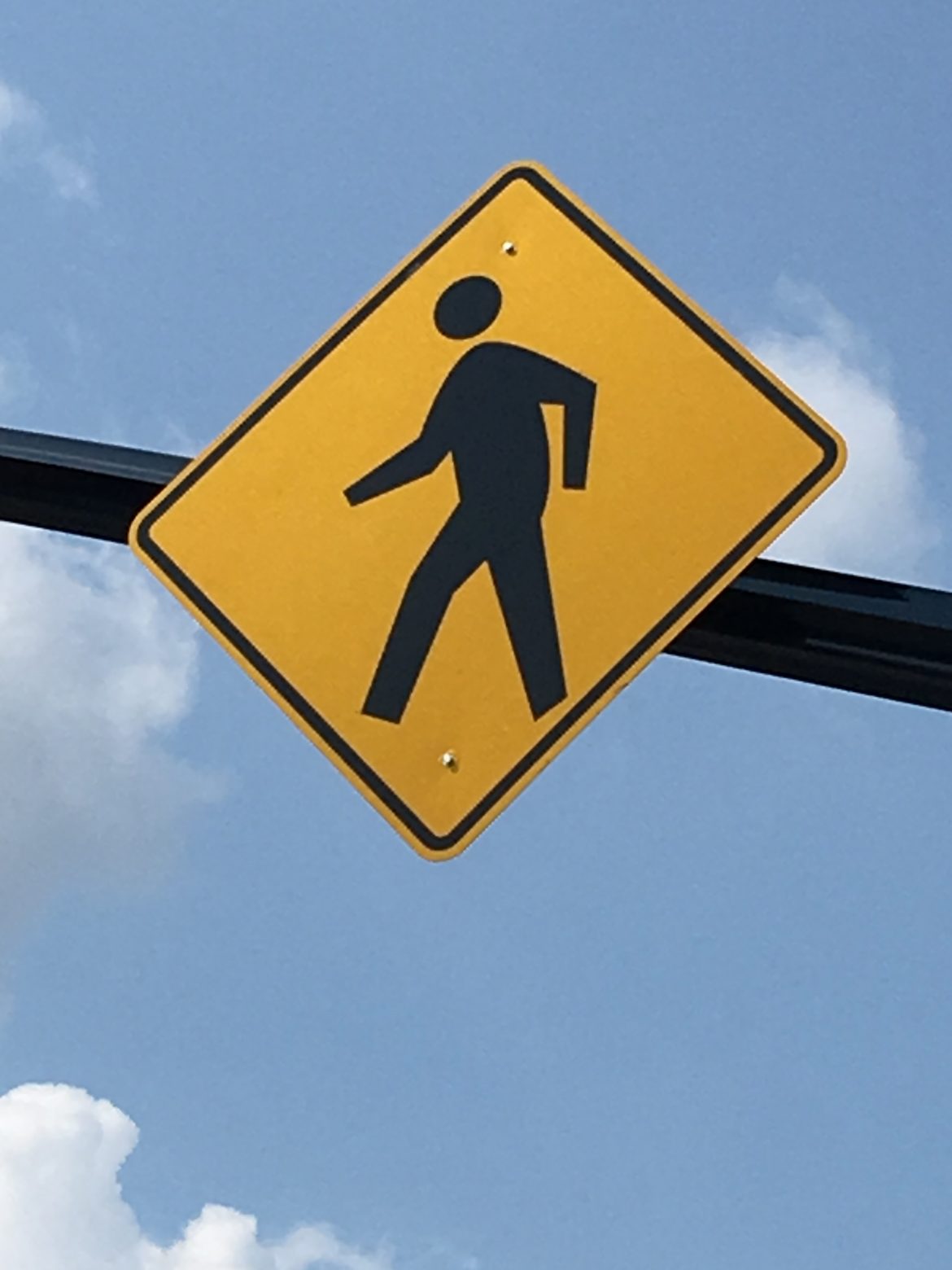
A Walking Audit in Worthington

A Walking Audit in Worthington
By: claycormany in Outdoors
Ever been on a walking audit? Neither had I until last Thursday (August 9) when I participated in one organized by a group of Worthington community leaders. The purpose of this and other such audits is to assess the walkability or pedestrian access to key locations in the community. They are often undertaken to consider and promote the needs of pedestrians as a form of transport. This particular audit was out of the norm insofar as it also considered bicyclists’ needs and vehicular traffic patterns. About 16 people embarked on this little adventure. They included bicyclists, staff from the local community center, a police officer, the city engineer, and a few other city officials. One man made a point of bringing a tape measure, which he used to measure the width of sidewalks and car lanes. Our whole journey stayed on and around High Street; by the time we finished just over an hour later, we hadn’t gone more than a quarter mile. But the distance covered was less important than the facts learned and the observations made. Those included the following:
- Worthington has six “flashing” speed limit signs. They help slow traffic some, but traffic conditions, (for example, the size of the road, width of lanes) have more impact on the speed of vehicles.
- The way cars are allowed to park along the side of a road can also affect the speed of vehicles.
- The size of road signs and their positioning can affect speed. Freeway signs are placed high and in large letters, so drivers won’t have to slow down to read them.
- A lack of street lighting in Worthington has led to more break-ins of cars parked on the street.
- The pedestrian crossings on High Street are helpful; they represent a middle ground between a stoplight and a crossing with no lights.
- There are commercial advantages to slowing down both vehicular and pedestrian traffic; gives people more time to see stores where they might shop.
- Land developers sometimes overlook the commercial value of a building’s B side; that is, the side that does not face a main street. (At the time we were in a parking lot behind a CVS pharmacy.
When the group assembled back at the Griswold Center, each participant had the chance to comment on the experience. I mentioned how nice it would be if sensors in front of traffic lights could be made sensitive enough to detect the presence of a bicycle. As it is, a cyclist has to wait for a car to come up behind and trigger the sensor, or struggle over to the sidewalk and activate the “walk sign” for a pedestrian crossing.
While I enjoyed the walking audit, a second meeting held that evening was potentially more significant. That meeting, among other things, focused on how to slow traffic coming down State Route 161 toward High Street at the center of town. As someone who drives on 161 and walks next to it with grandchildren, I hope that meeting will lead to some action.
Tags: audit, pedestrian, traffic, walk, Worthington

I attended that meeting and am optimistic that the study consultants will present viable options at the autumn presentation. This meeting will be open to all who are interested in improving the safety of our community streets and sidewalks.
Thanks for your comment, Debbie. I assume the date of the autumn presentation will be well publicized in advance. Becky and I would like to attend.